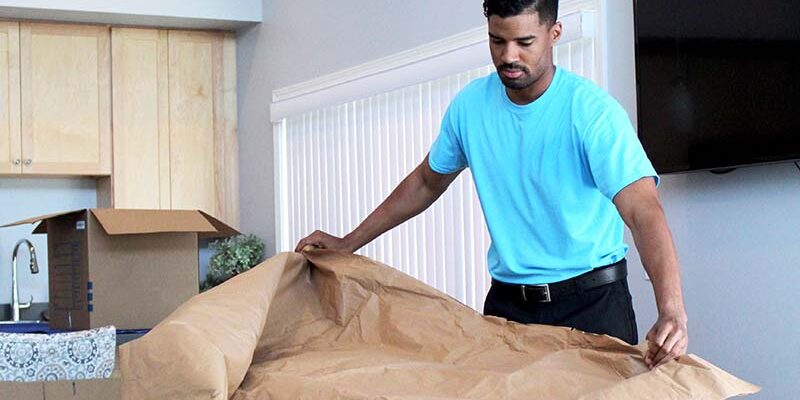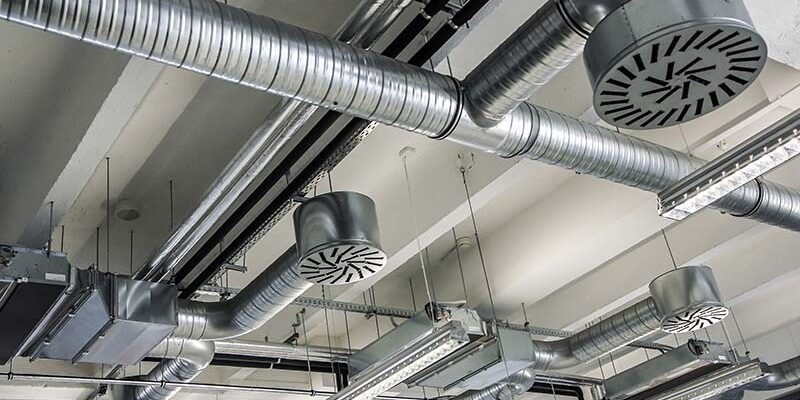A quick guide to Oriental rugs

One of the most difficult challenges you may face is cleaning Oriental rugs. What makes them challenging?
An Oriental rug may have been made in Persia (Iran), China, Turkey, India or Pakistan. It may have been made by machine or by hand. It could be made of silk, wool, cotton, jute, animal hair, rayon, nylon or a blend.
Not only do these differences make cleaning more difficult, but often the homeowner may not even know where the rug was made, and may have even been sold a synthetic, blend or machine-made rug and told it was made by hand from wool or silk. By knowing the differences you’ll know how to clean the rug, and also how to advise your customer about proper rug care. The result: A happy, loyal customer.
Persian (Iranian) rugs
Persian rugs may be made of real silk or artificial silk, which is generally made of mercerized cotton, rayon or a blend.
Because of the way they absorb dye, silk fibers have rich colors and a distinctive, almost translucent luster. Real Persian silk rugs will keep that luster; artificial silk rugs will lose that luster quickly.
Testing for authenticity
Look at the back of the rug and count the knots: A real silk Persian rug will be tightly woven, with 200 to 500 knots per square inch. It should have real silk fringe that is clearly an extension of the rug's structure, not sewn on or sewn into the ends of the silk rug. Artificial silk rugs often have only 150 to 250 knots per square inch.
Here are three ways to test:
- Rub it: A real Persian rug will feel warm, while an artificial one will be cool to the touch. Having a real silk rug with you to compare helps.
- Burn it: Clip off a tiny piece of fringe and burn it. If the ash is smooth and powdery and smelled like burnt paper, the rug is artificial. If the ash is blackened and flaky and smells like burnt hair, it’s real.
- Dissolve it: Mix a solution of 16 grams of copper sulfate (CuSO4) in 150 cc of water. Add eight to 10 grams of glycerin, then caustic soda (sodium hydroxide: Na OH) until the solution is clear. This will dissolve a small sample of natural silk, but will leave cotton, rayon and nylon intact.
Man vs. machine
A machine-made rug takes minutes, while a handmade rug can take eight months to complete. Here’s how to quickly tell the difference:
Turn the rug upside down: A handmade rug will have a pattern that is as clear on the back as it is on its face.
Bend it back on itself: If you expose the roots of the pile and you see rows of knots, the rug is handmade.
Turkish rugs
The quality of Turkish rugs begins with the number of knots per square inch: Look at the back of the rug; 150 hand-tied knots per square inch is average, fine rugs may have 500 or more knots per square inch. Typically, higher knot counts are found in rugs with which have floral or curved patterns, which allows leaves, flowers and curvilinear patterns to be woven with more elegance and beauty.
In addition, Turkish rugs typically use natural dies made from flowers, roots, insects and other natural items. One way to tell: Natural dyes will not change color for years, while synthetic dyes will change color in direct sunlight. If a rug is in front of a window where it gets hours of natural light every day, the colors will be faded or muted. Or try the coin test: Drag a coin across the rug; synthetic dyes will come off on the coin, while natural dies will not.
Chinese rugs
Like Turkish rugs, the quality of a handmade Chinese rug begins with the number of knots per square inch. A silk Chinese rug can have up to 1,000 knots per square inch, a quality that can take an experienced weaver two years or more to make.
How to tell the difference between a Chinese rug made by hand or machine: A machine-made rug’s fringe is attached after the rug is manufactured, rather than being an integral part of the rug. You also can pull individual threads from the pile, because a machine-made rug doesn't have knots.
Care advice
Be a hero to your customers by offering these tips for Oriental rug care:
Water is the enemy of Oriental rugs. Spills should be blotted immediately, and potted plants should never be placed directly on the rug or in a pot that will leak. Damp basements, humid rooms and damp cement floors are also bad for Oriental rugs.
Moths do not eat rugs, but female moths lay hundreds of eggs that hatch into larvae that eat wool and silk fibers. Frequent vacuuming, especially in areas that get little traffic, can help prevent moth damage. Moth balls, flakes or crystals, as well as cedar, will do little to solve repel moths in rugs. Carpet beetles are not as destructive as moths, but should be controlled using the same techniques.
Vacuuming an Oriental rug regularly helps the rug last, because dirt breaks down fibers. But, while a vacuum cleaner with a power brush or beater bar is fine for a machine-made rug, it is not good for a hand knotted one. For routine cleaning of those rugs, a plain vacuum nozzle is best, with a power brush used only occasionally. However, never let a power brush get near fringes or suck them in; the fringes will get shredded and damaged quickly.
Never use bleach on the fringes of a rug you clean of-site, thinking that a snowy white fringe will make the rug look cleaner: Chlorine-based bleach will weaken the fibers over time.
If your customer plans to store an Oriental rug for longer than a few months, recommend that the rug is cleaned, sprayed with insecticide and wrapped in protective plastic or a tough synthetic paper (not newspaper or common brown wrapping paper, which are acidic and will not protect the rug). Store the rug in a clean, dry place out of the reach of pests.
Randy Pierce is president of Worldwide Cleaning Industry Resources LLC, an educational resource for carpet and upholstery cleaners. He is an IICRC instructor and Certified Master Cleaner, holds a number of other professional certifications, and has travelled the country teaching textile cleaning courses for the past several years. He was the owner/operator of a successful textile cleaning and restoration company for 17 years; that company is still successful and being managed by his son.












